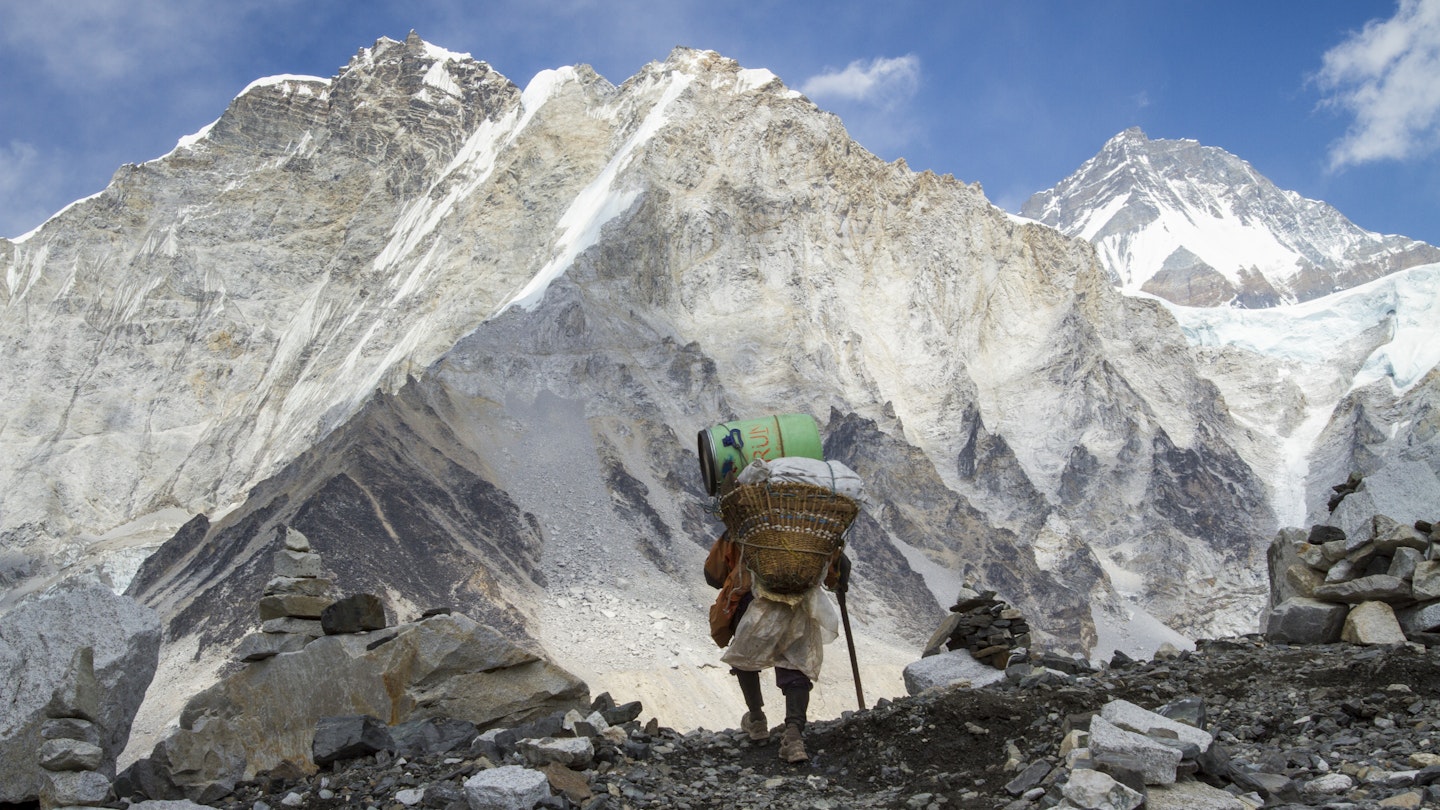Discover the Best National Parks in Nepal with GoTravelDaily
From the bird-filled wetlands and the planet’s tallest mountain to glorious high-altitude lakes and lowland forests that teem with wildlife, Nepal encompasses an incredible range of landscapes.
It looks after much of it too, with a dozen national parks and an assortment of wildlife reserves and conservation areas. These spots are havens for trekkers, mountain bikers, white-water rafters, and wildlife enthusiasts. Here are the eight best national parks in Nepal to explore.
1. Chitwan National Park
Nepal’s most famous national park is one of the last remaining habitats of the one-horned Asiatic rhino, brought back from the brink of extinction by pioneering conservation efforts. Located in the Terai, a lowland belt running the length of southern Nepal, it currently has a 694-strong rhino population. While rhinos take top billing at Chitwan, travelers on jeep, walking, or canoe safaris can also spot a host of other creatures, including monkeys, sloth bears, deer, gharial crocodiles, and – with a stroke of good fortune – tigers.
2. Shivapuri Nagarjun National Park
Spanning the northern edge of the Kathmandu Valley and within striking distance of the capital, the forests, hills, and mountains of Shivapuri Nagarjun National Park are lined with tracks, paths, and trails ideal for mountain bikers. This includes the twisting Scar Road route, featuring a mix of challenging ascents and descents, several water crossings, and varied terrain.
Starting and finishing in Kathmandu, navigating the trail can be challenging, so it’s worth considering a guide. It’s a physically taxing cycle, but numerous reasons abound for taking breaks, including Himalayan views, Buddhist shrines, rare orchids, and 177 species of birds.
3. Sagarmatha National Park
Covering 1148-sq-km (443-sq-mi) of the Khumbu region in northeastern Nepal, Sagarmatha National Park encompasses a series of mountains over 6000m (19,685ft), thriving Sherpa communities, and some beautiful Buddhist monasteries, shrines, and temples. However, the principal attraction remains Sagarmatha, the Nepali name for Everest, the tallest mountain on Earth.
Each year, thousands trek the legendary Everest Base Camp trail, which offers sublime views of the 8848.80m-high (29,030ft) peak, while hundreds attempt to climb to the summit.
4. Annapurna Conservation Area
The Annapurna region draws more trekkers than any other part of Nepal, and for a good reason. Easily accessible from the city of Pokhara, it features two of the country’s finest and most popular trails – the Annapurna Circuit and the Annapurna Sanctuary – both offering awe-inspiring mountain views. Moreover, there are a plethora of other options, ranging from short, self-guided hikes to extended expeditions.
Beyond the stunning vistas of the Annapurna range, expect a mix of dense forests, terraced hills, ridge-top villages, lofty passes, looming glaciers, as well as Buddhist monasteries and Hindu temples.
5. Koshi Tappu Wildlife Reserve
In the eastern Terai, Koshi Tappu is an oasis for birdwatchers. It consists of wetlands, grasslands, paddies, islands, ponds, and rivers, which are home to a remarkable 527 species, including the red-necked falcon and the endangered Bengal florican. On a 90-minute hike through the reserve, anticipate seeing dozens of different birds, aided by the thin foliage that increases visibility. You may also encounter an arna, an endangered wild water buffalo sporting magnificent horns.
6. Bardia National Park
The largest national park in the Terai, Bardia National Park is wilder and less commercialized than Chitwan yet equally rich in wildlife. This vast expanse of forest, savannah, hills, and river systems allows visitors to explore its pristine ecosystems away from the crowds.
Bardia is home to approximately 38 one-horned rhinos, and spotting them is quite possible, although it may require more time than in Chitwan. It also supports significant populations of wild elephants, tigers, leopards, and more than 250 species of birds.
7. Kanchenjunga Conservation Area
Nestled in the far northeastern corner of Nepal, bordering Tibet and the Indian state of Sikkim, the remote Kanchenjunga Conservation Area attracts only a tiny fraction of the thousands who explore the Himalayas annually. Consequently, visitors can traverse its trails in peace, in contrast to the more popular routes winding through Annapurna and Sagarmatha regions.
With its focus on the towering 8586m-high (28,169ft) peak of Kanchenjunga, the world’s third tallest mountain, this area offers excellent trekking experiences in addition to thrilling white-water rafting and kayaking on the Tamur river.
8. Langtang National Park
The centerpiece of Langtang National Park is a magnificent group of high-altitude lakes surrounded by soaring peaks. The stunning Gosainkunda lakes stand as essential pilgrimage sites for Hindus due to their connections with the god Shiva and goddess Gauri. Each August during the Janai Purnima festival, as many as 20,000 devotees trek to these lakes.
Situated at 4380m above sea level (14,370ft), these crystal-clear, ice-cold lakes also attract non-religious trekkers who journey here following a dramatic week-long trek from the trailhead at Dhunche, a village at the park’s edge.





